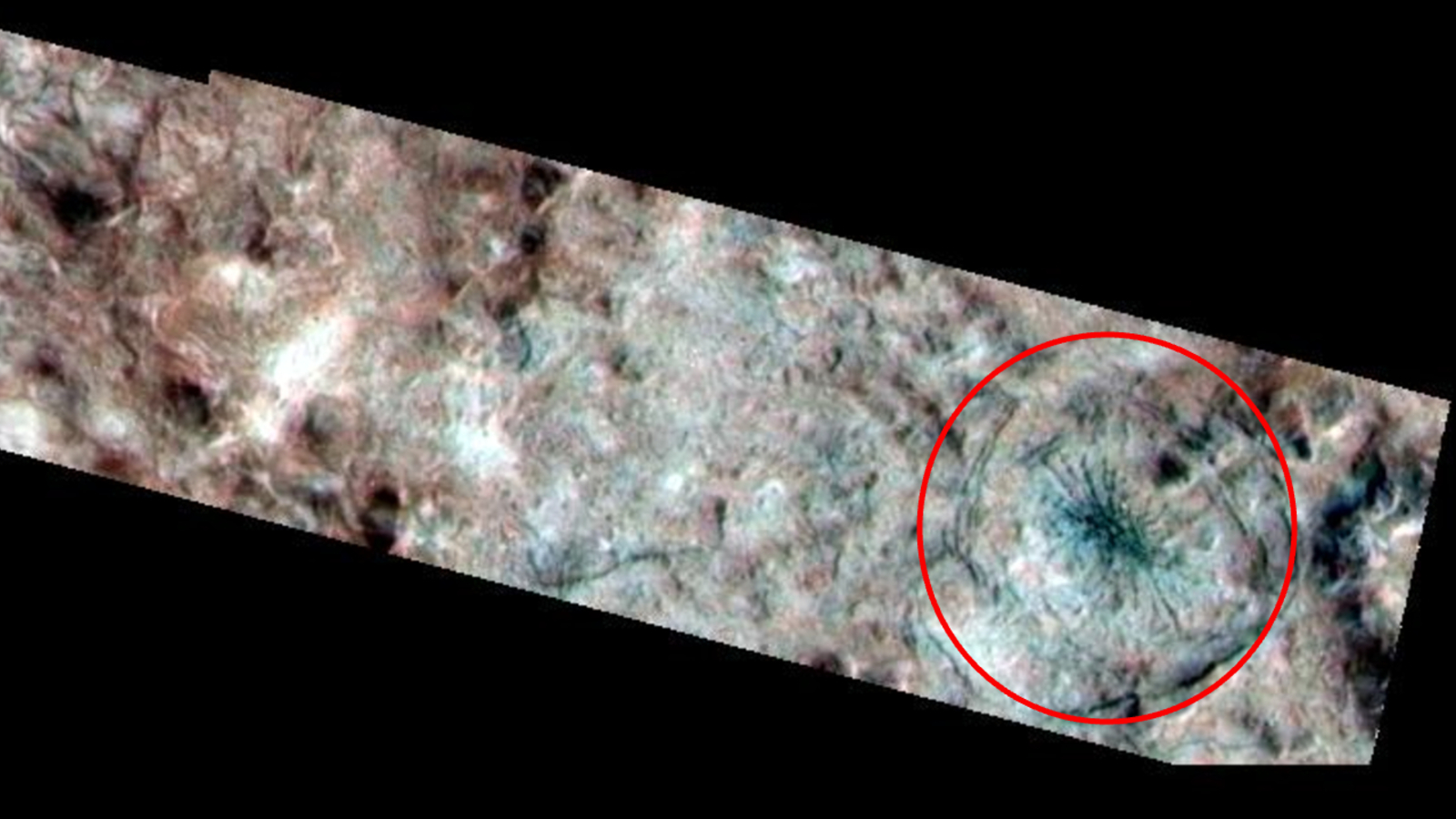
Sascha Pare
Sascha is a U.K.-based staff writer at Live Science. She holds a bachelor’s degree in biology from the University of Southampton in England and a master’s degree in science communication from Imperial College London. Her work has appeared in The Guardian and the health website Zoe. Besides writing, she enjoys playing tennis, bread-making and browsing second-hand shops for hidden gems.
Latest articles by Sascha Pare
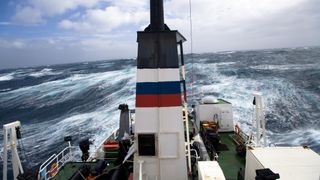
Drake Passage: The 'most dreaded bit of ocean on the globe' — where waves reach up to 80 feet
By Sascha Pare published
The Drake Passage off the West Antarctic Peninsula is a notoriously dangerous channel that connects the Atlantic, Pacific and Southern oceans.
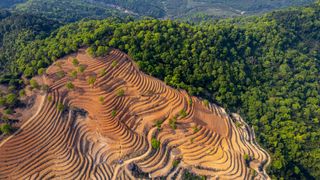
Chinese scientists use laser drones to count the country's trees — all 142.6 billion of them
By Sascha Pare published
Researchers have counted the number of trees in China and mapped their distribution across the country using a laser-based technique called lidar.
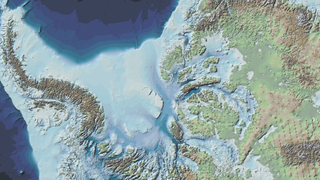
Scientists create new map showing ice-free Antarctica in more detail than ever before
By Sascha Pare published
Bedmap3 is the most fine-grain map to date of the landscape beneath Antarctica's ice. Scientists created it using more than 60 years' worth of data from satellites, ships and dog-drawn sleds.
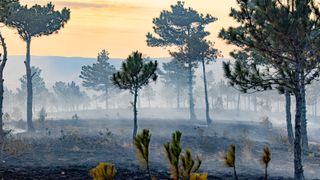
'We don't have a climate crisis — we are the crisis': Environmentalist Paul Hawken on why honoring life is the best thing we can do against climate change
By Sascha Pare published
Environmentalist and author Paul Hawken speaks to Live Science about the worldview that has led to the mindless exploitation of the planet — and how we can shift perspectives for a better future.
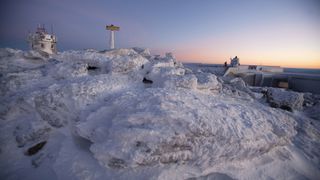
Mount Washington: Home to 'the world's worst weather' with record wind speeds of 231 mph
By Sascha Pare published
Mount Washington is a prominent mountain in New Hampshire, known for its dramatic weather and conditions that are extremely dangerous for hikers and climbers.

Pet cats arrived in China via the Silk Road 1,400 years ago, ancient DNA study finds
By Sascha Pare published
How and when domestic cats arrived in China has been a mystery. A new analysis of cat DNA suggests traders and diplomats likely carried the pets with them along the Silk Road 1,400 years ago.

'This is by far the oldest': Scientists discover 3.47 billion-year-old meteorite impact crater in Australian outback
By Sascha Pare published
Researchers say they have found "unequivocal evidence" that a meteorite smashed into Earth 3.47 billion years ago, potentially affecting plate tectonics and creating conditions for life.
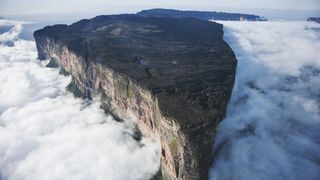
Mount Roraima: The 'lost world' isolated for millions of years that Indigenous people call the 'house of the gods'
By Sascha Pare published
Mount Roraima is a flat-topped formation with crystal-clear pools, waterfalls and a unique ecosystem that has been isolated from the surrounding savanna for millions of years.
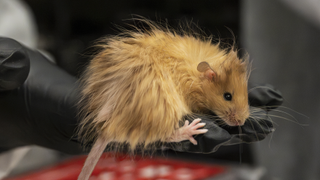
'We didn't know they were going to be this cute': Scientists unveil genetically engineered 'woolly mice'
By Sascha Pare published
Scientists with the company Colossal have created genetically engineered "woolly mice" with thick, golden-brown hair and fat deposits similar to those of cold-adapted woolly mammoths.
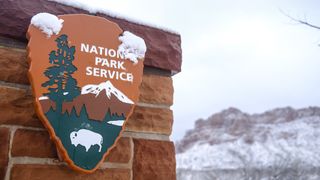
US national parks quiz: How many of the 63 can you name?
By Sascha Pare published
Quiz The U.S. is home to 63 national parks, which are areas of land protected by the federal government. How many of these parks can you name in our quiz?
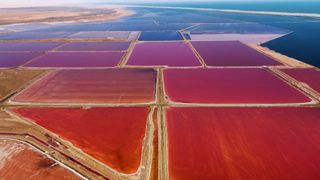
Walvis Bay saltworks: The monster refinery in Namibia with colorful ponds that cover the land like patchwork
By Sascha Pare published
Walvis Bay in Namibia is home to the largest solar sea-salt production plant in sub-Saharan Africa. The plant is famous for its brightly colored evaporation ponds.
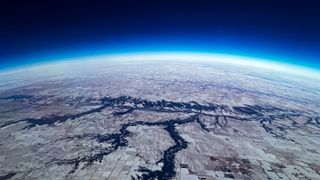
Next ice age would hit Earth in 11,000 years if it weren't for climate change, scientists say
By Sascha Pare published
Scientists have determined exactly how Earth's orbit and tilt affect glaciation and deglaciation, based on the length of these parameters' cycles and clues hidden at the bottom of the ocean.
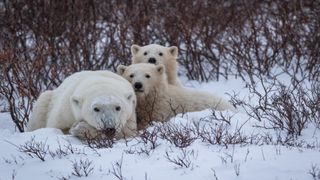
Watch polar bear cubs emerge from their winter den for 1st time on Svalbard
By Sascha Pare published
For nearly a decade, researchers have gathered camera footage from outside the dens of female polar bears and their cubs on Svalbard, shedding light on the behaviors linked to denning.
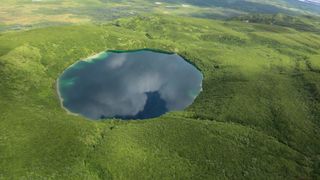
Savonoski Crater: The mysterious, perfectly round hole in Alaska that scientists can't explain
By Sascha Pare published
The Savonoski Crater is a round hole in Alaska's Katmai National Park that has defied scientific explanation ever since it was discovered.
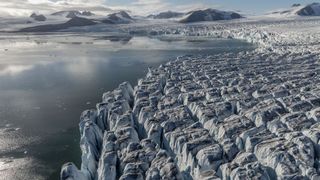
World's glaciers are losing enough ice to fill 3 Olympic pools every second, terrifying new study finds
By Sascha Pare published
A groundbreaking new study provides the first consistent global picture of glacier decline since 2000, revealing that glaciers across the world have lost a whopping 5% of their volume since then.

Strange corkscrew burrows and other unexpected structures discovered 4.7 miles deep in the Japan Trench
By Sascha Pare published
New scans of the bottom of the Japan Trench reveal extensive burrow structures and evidence of regular "reset" events that help sea creatures survive in the ocean's deepest reaches.
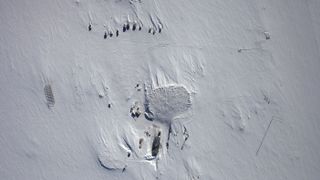
Lake Vostok: The 15 million-year-old lake buried miles beneath Antarctica's ice
By Sascha Pare published
Buried several miles beneath East Antarctica's ice, Lake Vostok is one of the largest freshwater lakes on Earth, rivaling Lake Ontario in terms of size and volume.
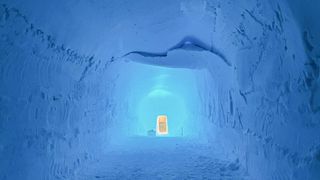
Scientists record never-before-seen 'ice quakes' deep inside Greenland's frozen rivers
By Sascha Pare published
Quakes recorded for the first time inside Greenland's biggest frozen river, the Northeast Greenland Ice Stream, suggest this river and others switch between moving jerkily and flowing like honey.

Watch robot dog and drone locked in fierce battle — blasting fireworks at each other in future warfare demo
By Sascha Pare published
A viral video captured in an unknown location and widely shared on social media in China shows a robotic dog and a drone firing fireworks at each other.
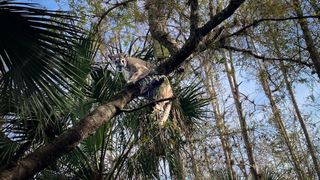
Giant Florida panther captured by wildlife officials is heaviest on record
By Sascha Pare published
Wildlife officials accidentally captured the heaviest Florida panther ever documented during a routine population check.
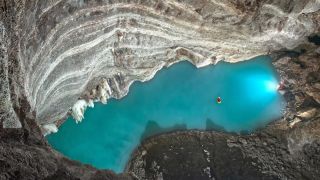
World's biggest underground thermal lake discovered in Albania at bottom of 330-foot abyss
By Sascha Pare published
Researchers have returned to an underground thermal lake they first came across in 2021 in southern Albania and confirmed it is the largest of its kind known in the world.

Romania's trovants: The bulbous 'living' rocks that inspired folkloric tales of dinosaur eggs and aliens
By Sascha Pare published
Trovants are rocks that grow by absorbing minerals from rainwater. Romania is home to a cluster of trovants that inspired folklore of dinosaur eggs, plant fossils and alien creations.
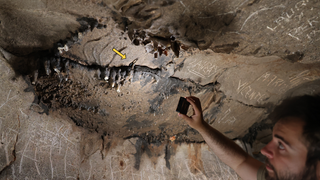
1,900-year-old Roman sanctuary and coin found in flooded Spanish cave
By Sascha Pare published
Archaeologists discovered ancient Roman inscriptions and a 1,900-year-old coin wedged between rock formations while exploring a cave called the Cova de les Dones in eastern Spain.
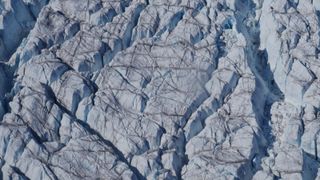
Greenland's ice sheet — the second biggest in the world — is cracking open at alarming speed, scientists discover
By Sascha Pare published
New 3D maps of the Greenland Ice Sheet show how huge cracks in the ice that accelerate melting expanded between 2016 and 2021.

Rabbits may have a surprising source of calcium — eating their own teeth
By Sascha Pare published
Rabbits' teeth grow continuously, and bunnies wear them down by munching fiber-rich foods. Scientists suggest rabbits recycle a fine powder resulting from this constant grinding to fuel tooth growth.
Get the world’s most fascinating discoveries delivered straight to your inbox.
